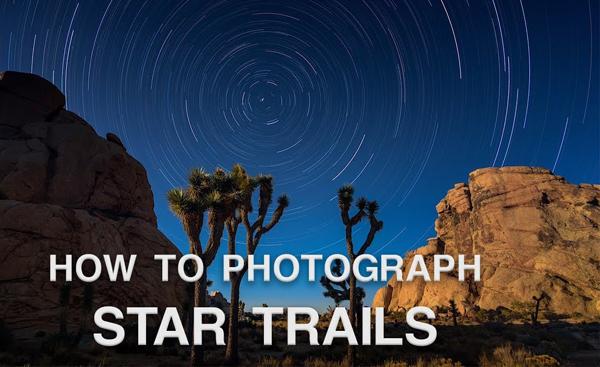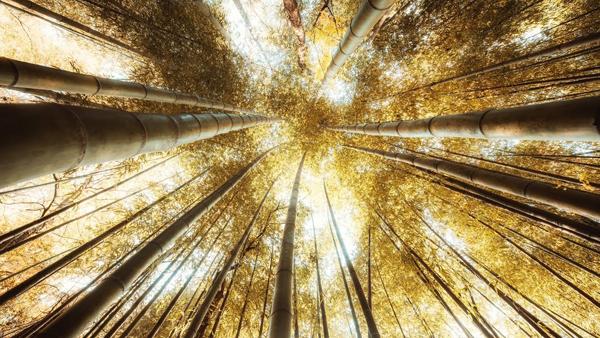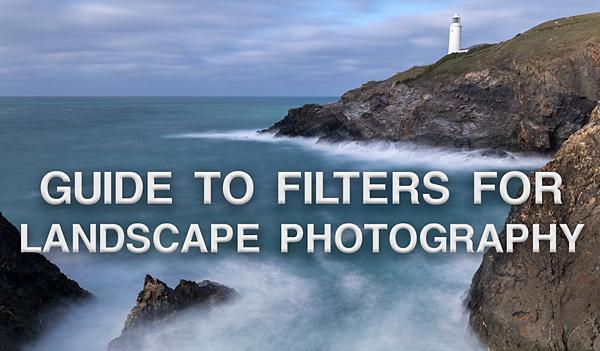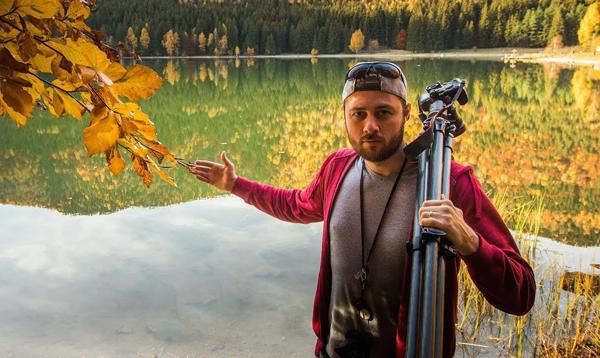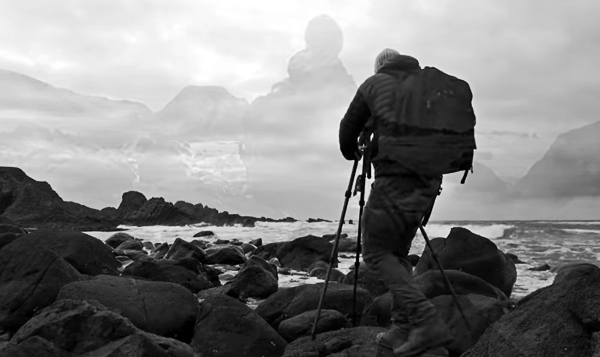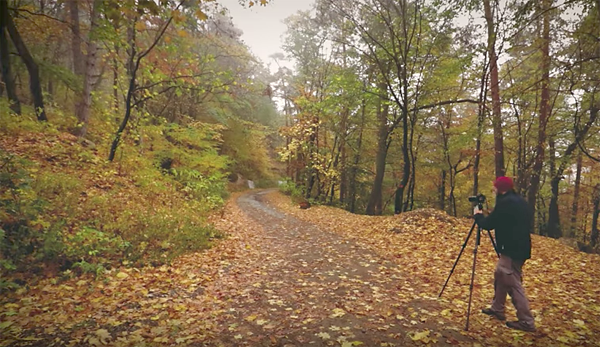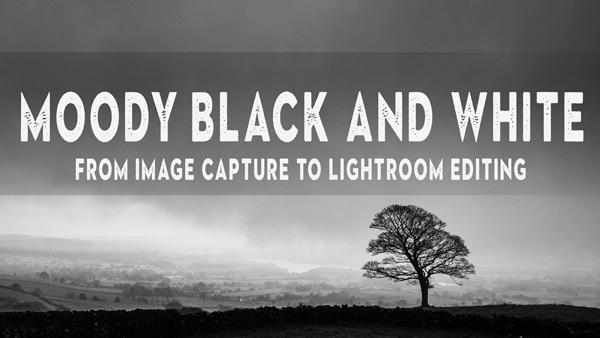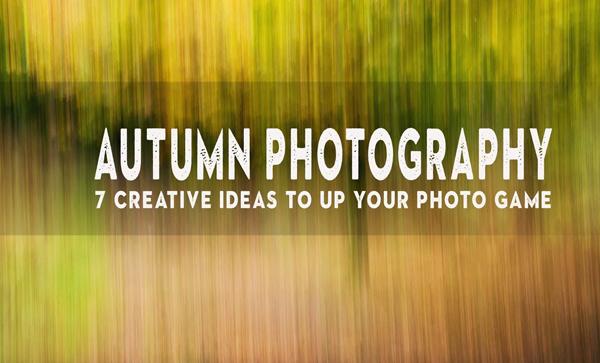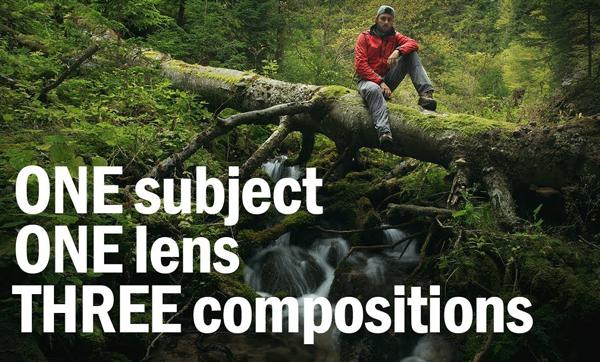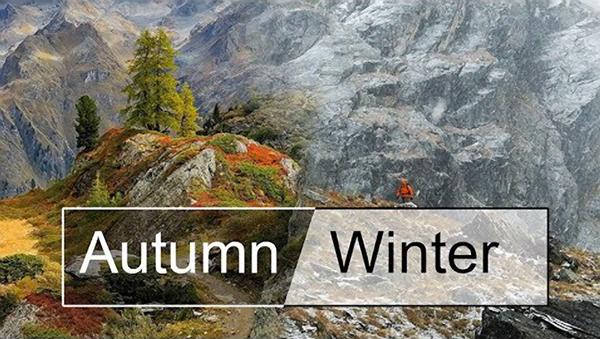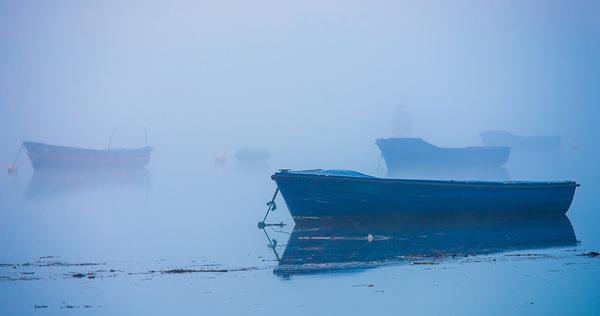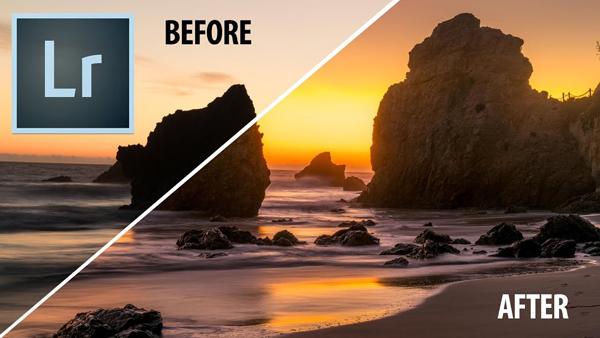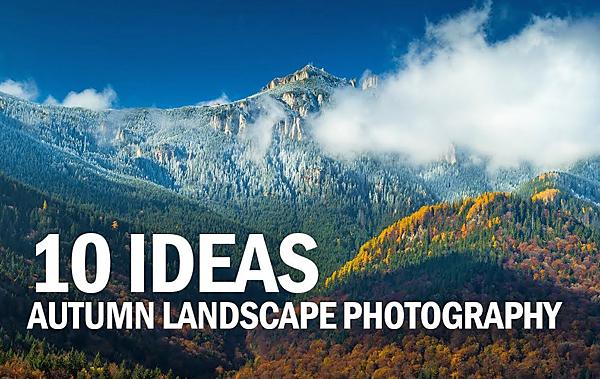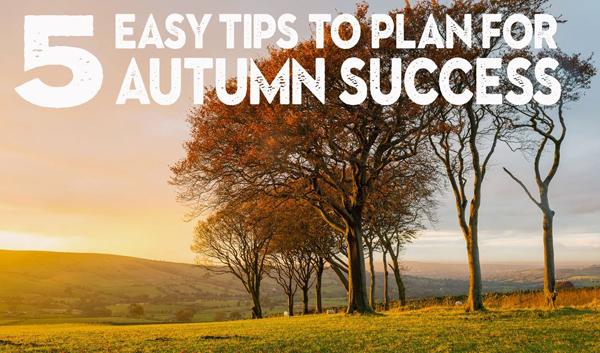Nature Photography How To
Sort By: Post Date TitlePublish Date
|
Nov 15, 2017 |
|
Nov 10, 2017 |
|
Nov 08, 2017 |
|
Nov 02, 2017 |
|
Nov 02, 2017 |
|
Oct 24, 2017 |
|
Oct 23, 2017 |
|
Oct 16, 2017 |
|
Oct 10, 2017 |
|
Oct 06, 2017 |
|
Oct 05, 2017 |
|
Oct 04, 2017 |
|
Oct 03, 2017 |
|
Oct 02, 2017 |
